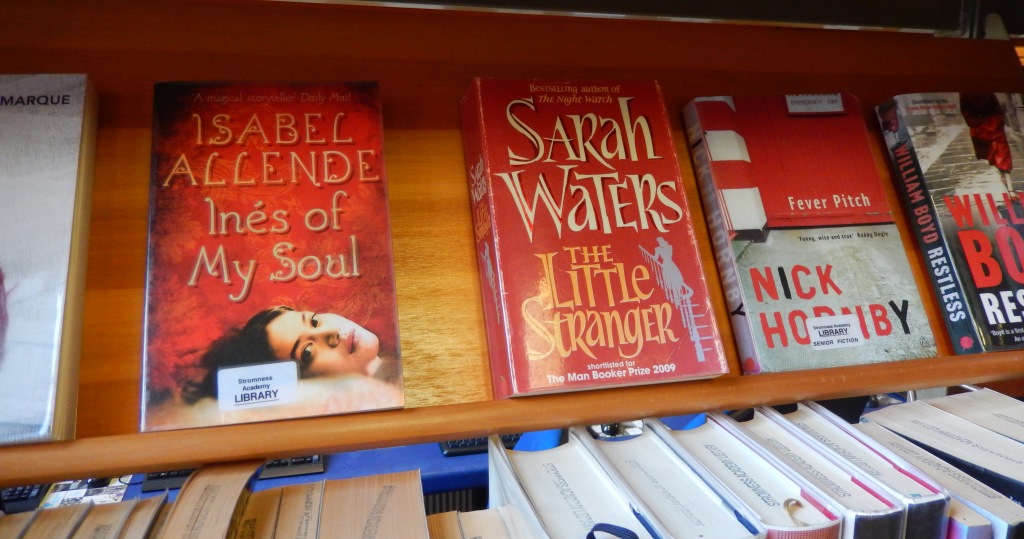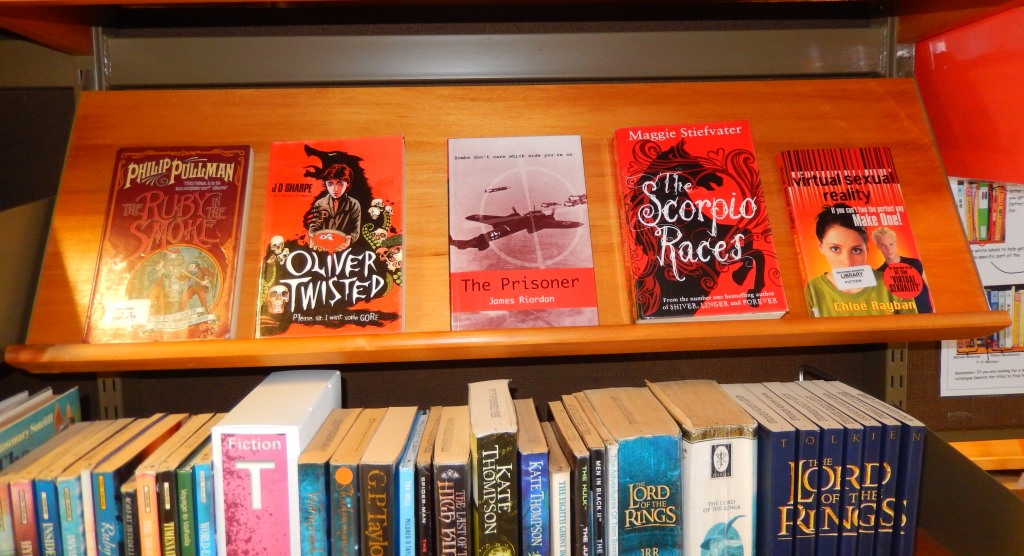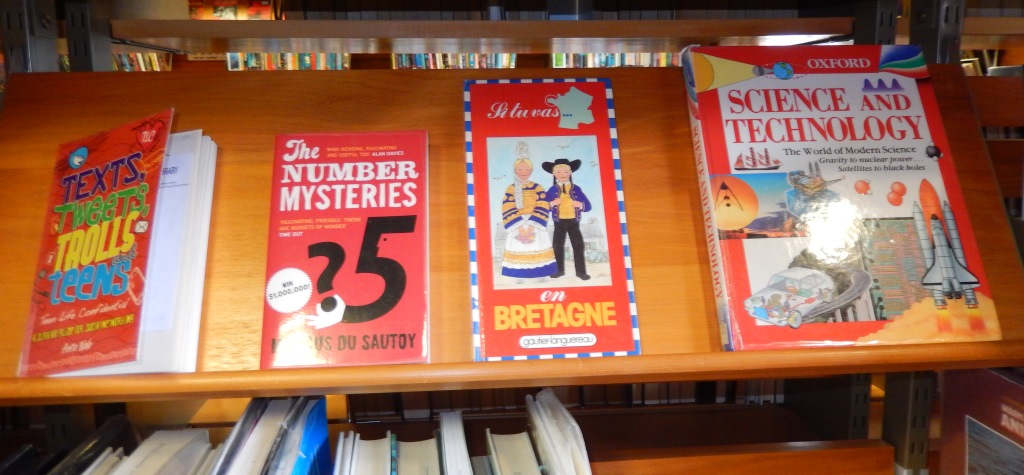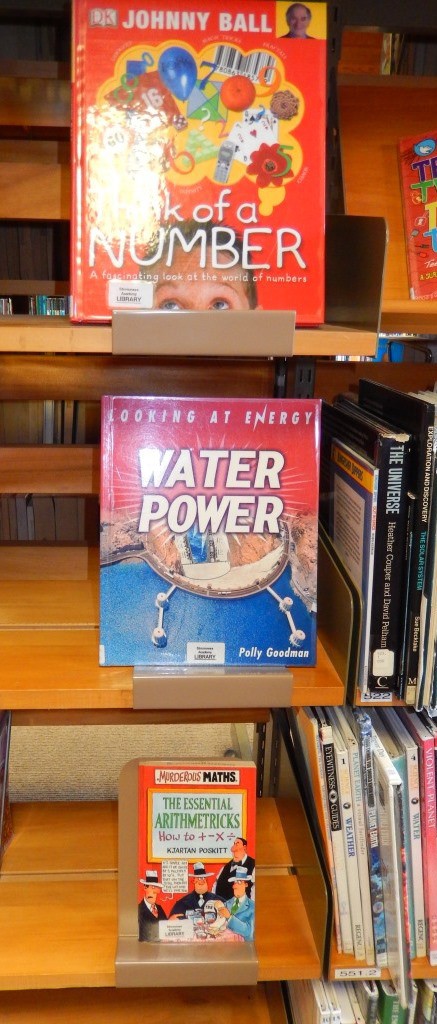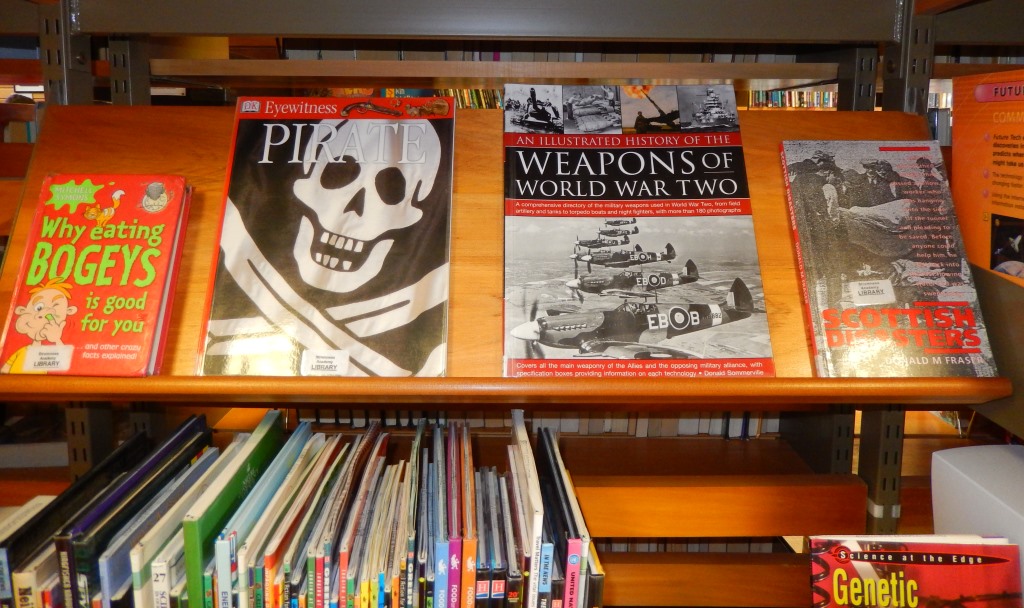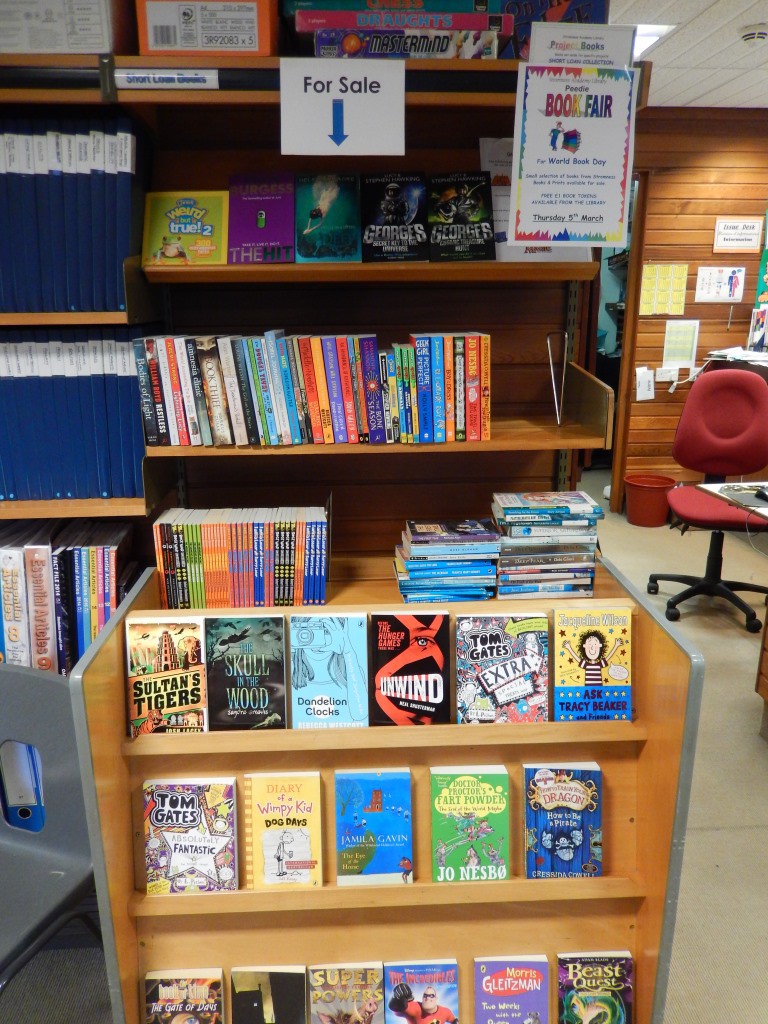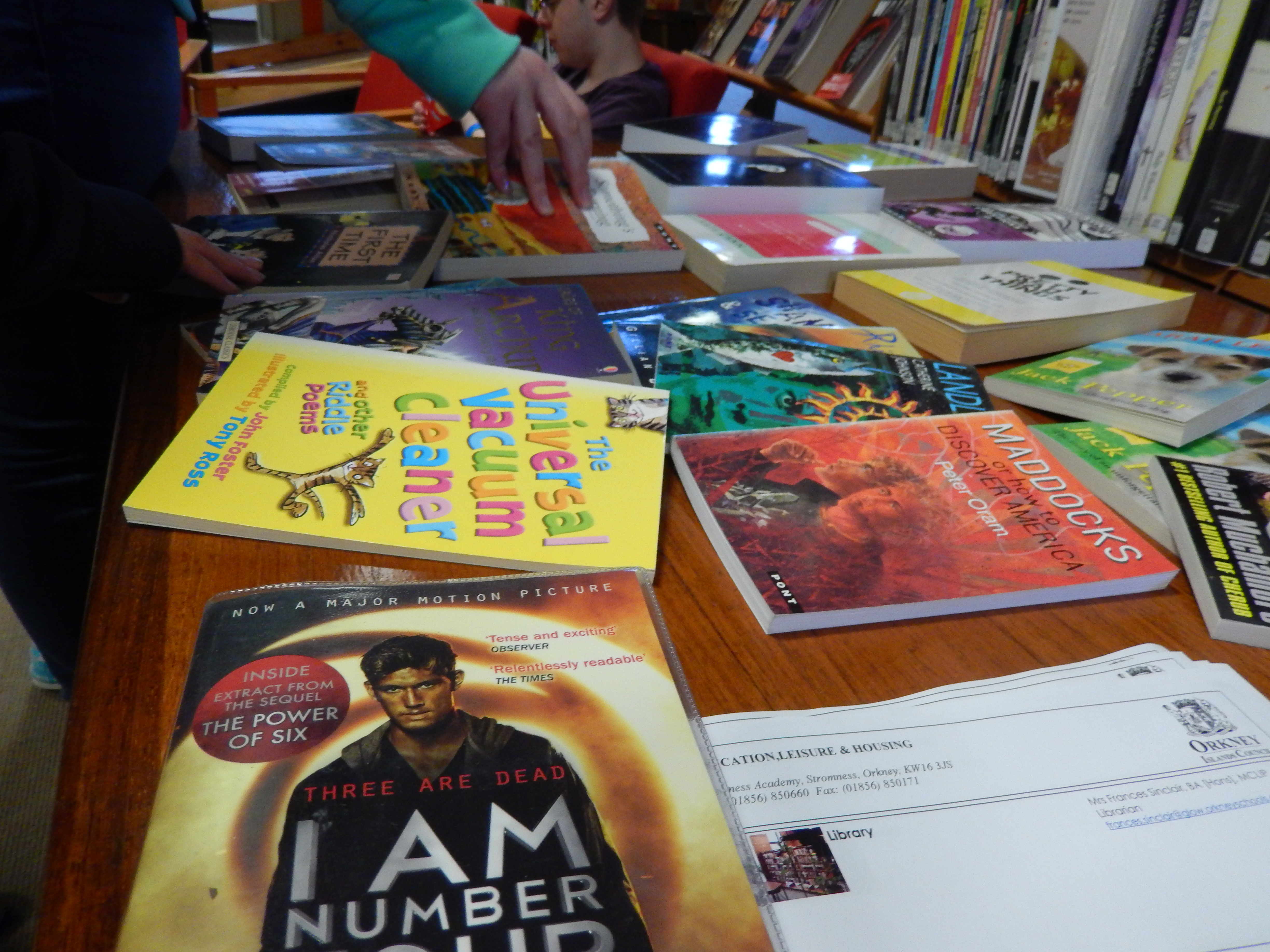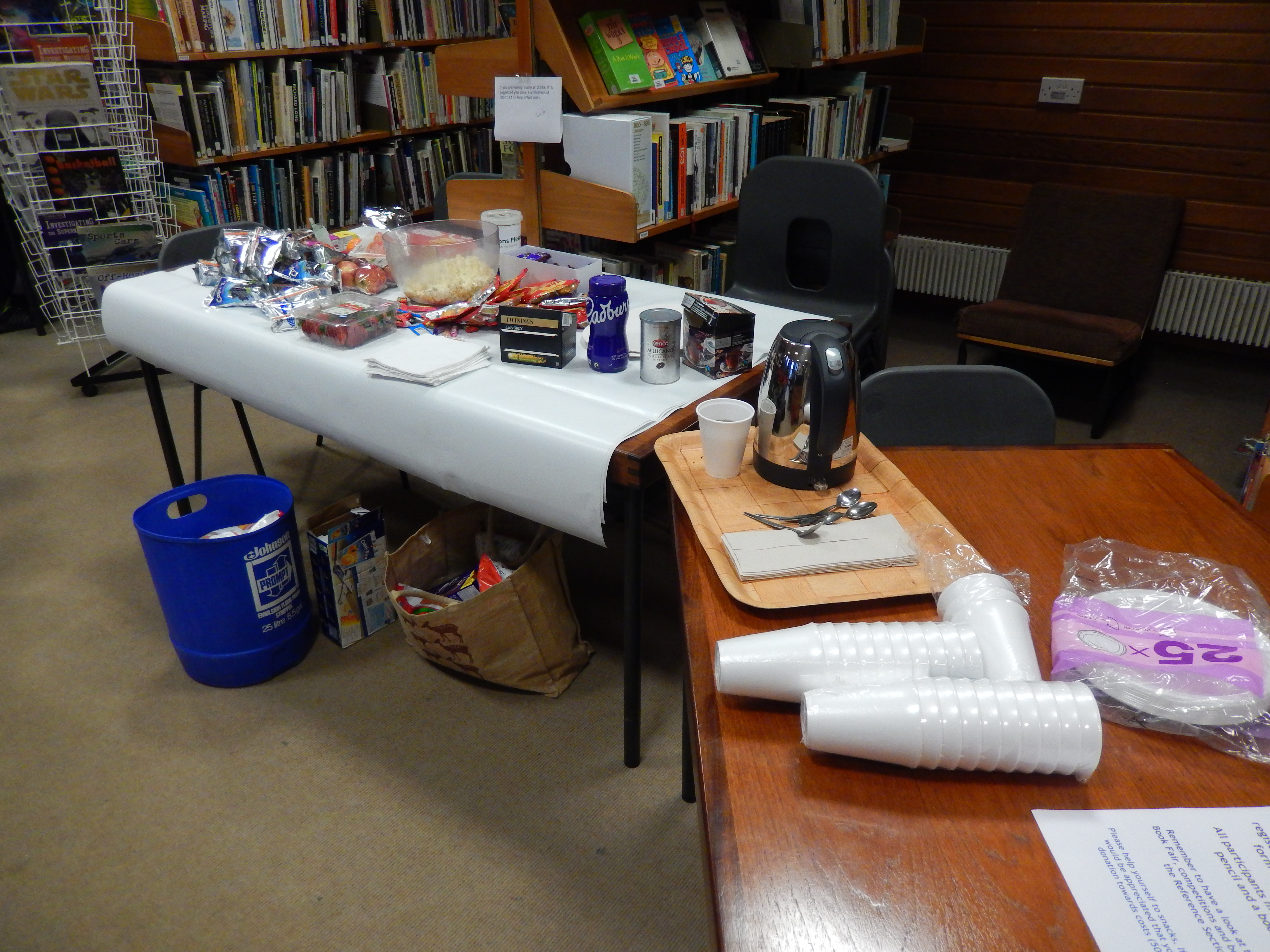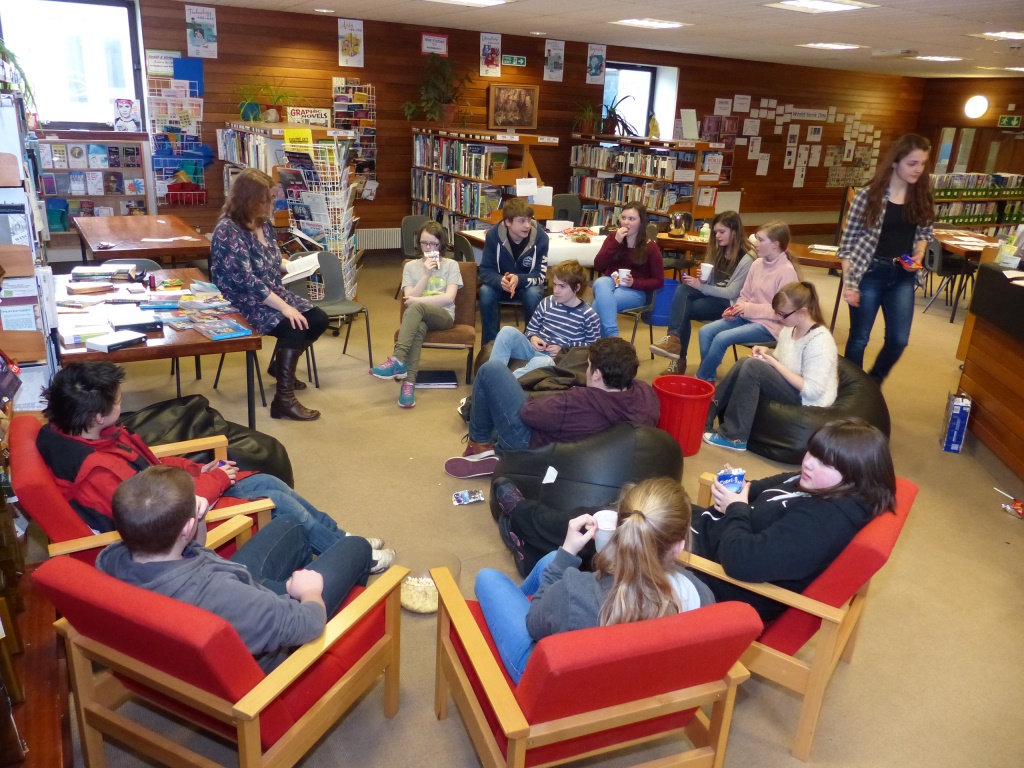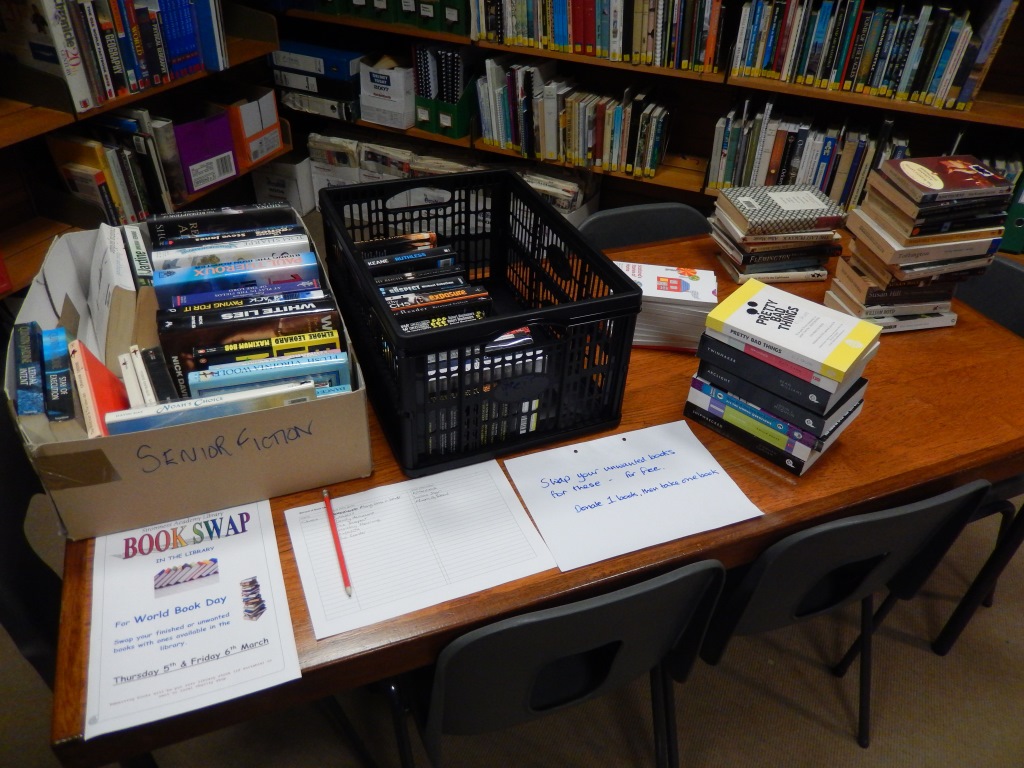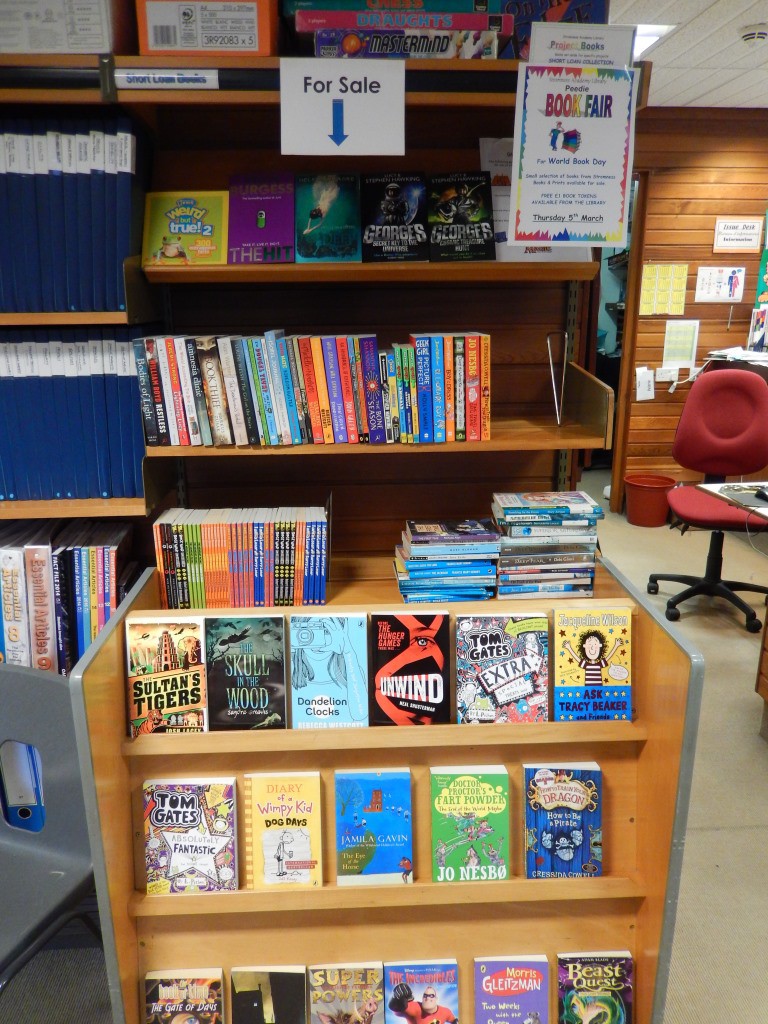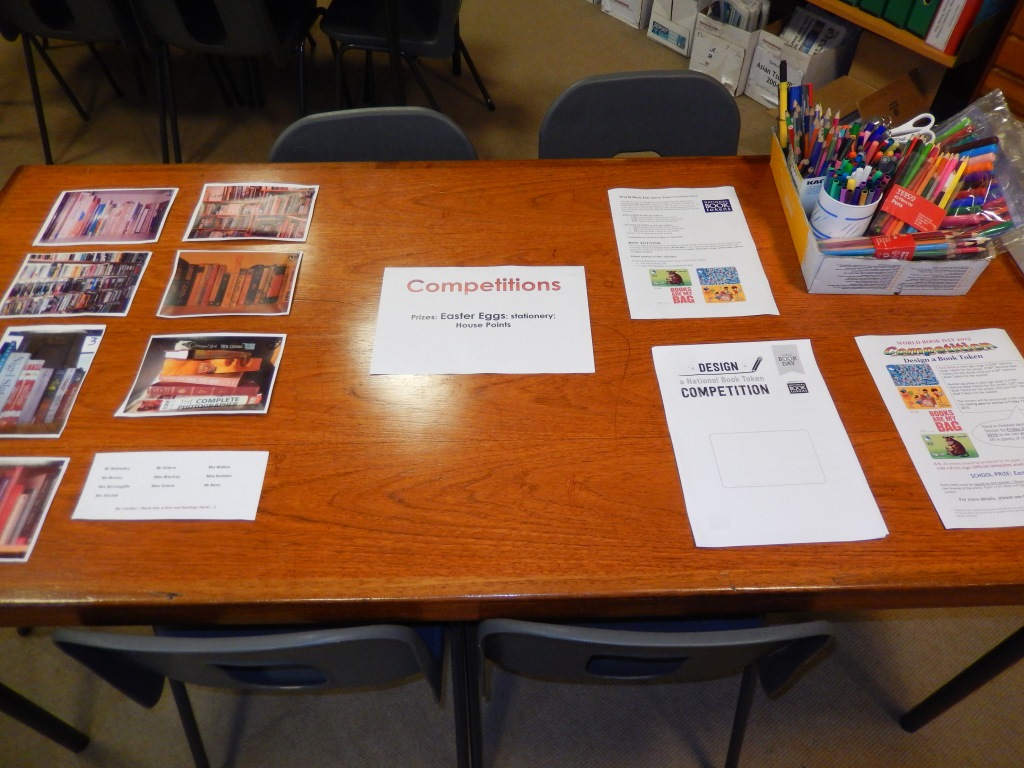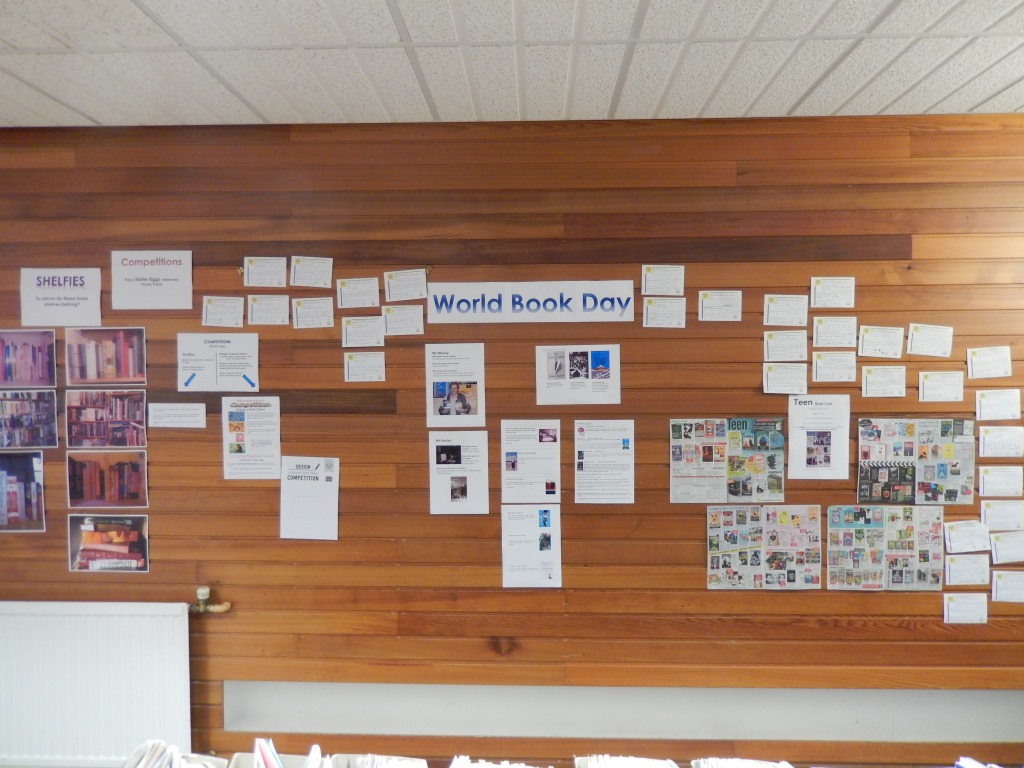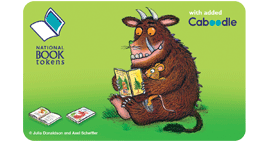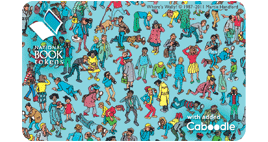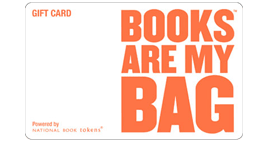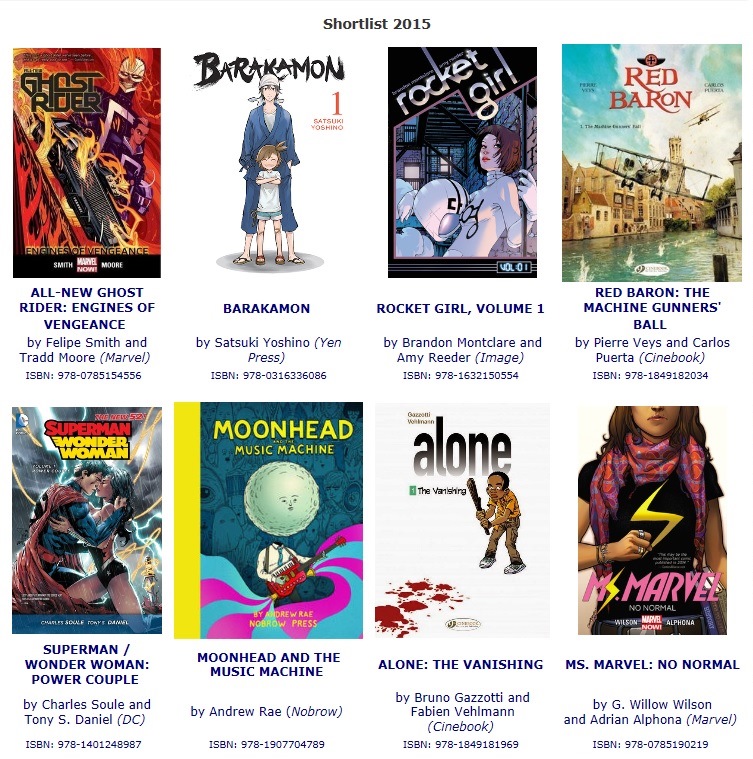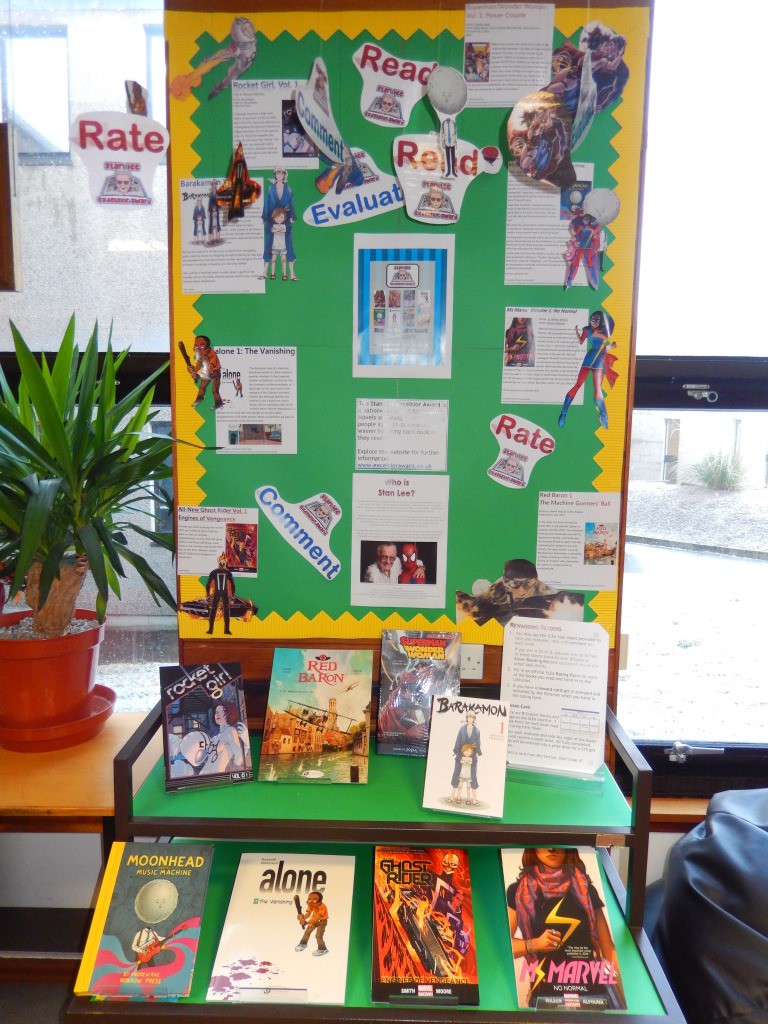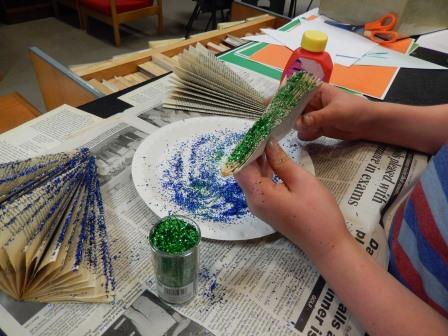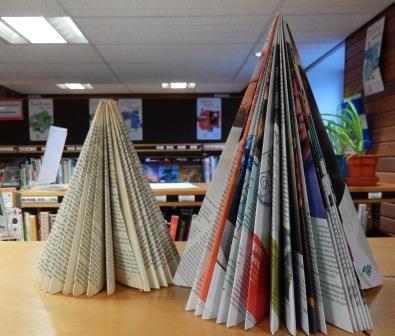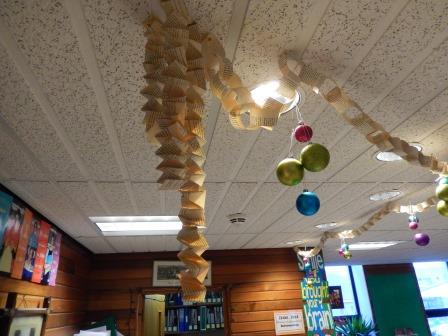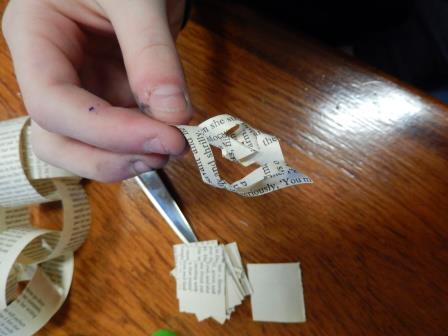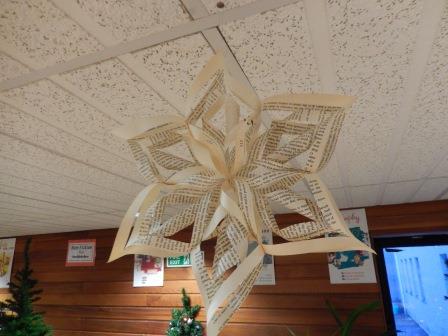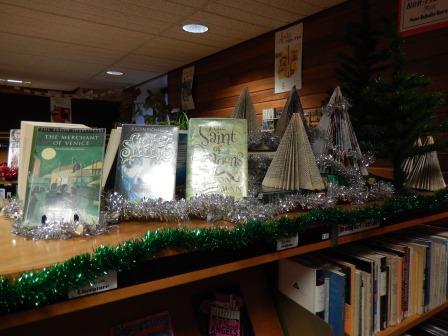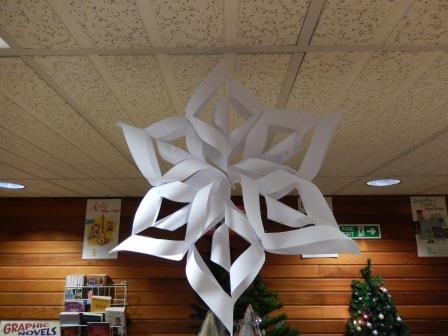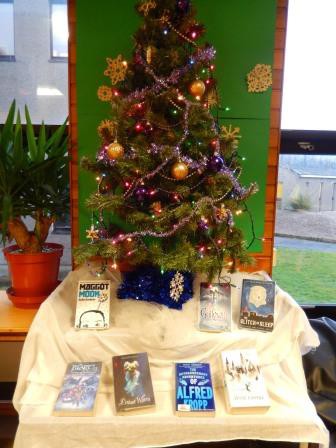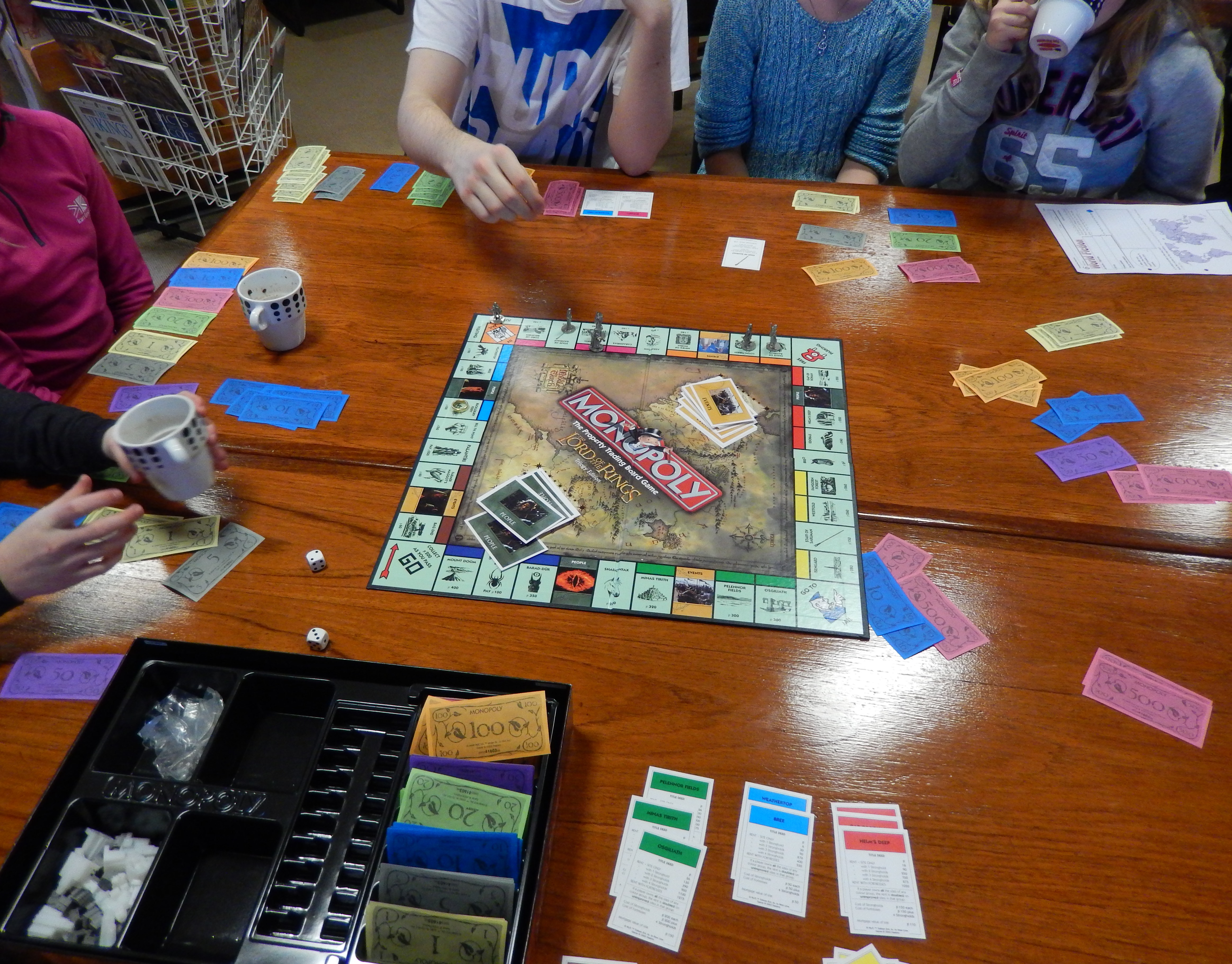February 18, 2015
by Mrs Sinclair
0 comments
The cycle of the school year continues. It is now that time in the session when pupils in S2 and above start to consider subject choices prior to moving up a year group. S2 have just embarked on their 5-week course of ‘Careers Library Information Literacy Skills’. This takes them through learning about the Careers Section of the library as well as getting them to think about different careers areas and the sort of jobs they might like to do so that they can therefore make decisions about their future subject choices.
The first session involves classes playing the Careers Game (loosely based on Carel’s Reading Game).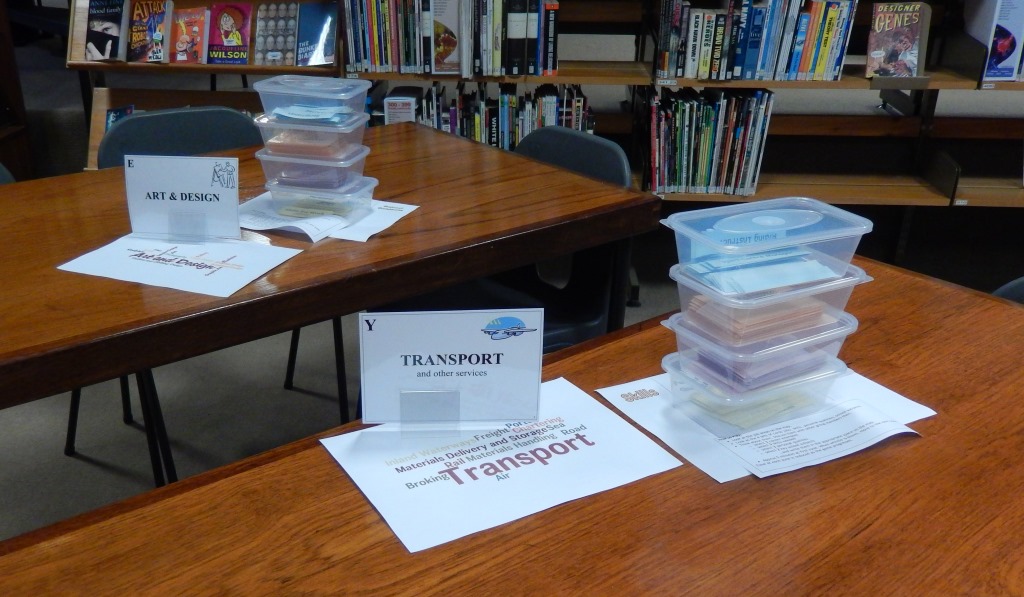
In CLCI (Careers Library Classification Index) there are 18 job groupings / cate gories. To link in with the arrangement of the Careers Section, these are used as the basis for the Careers Game and 6 of them (zones) are used at anyone time. We have three classes in S2 so, all 18 groupings will be covered and the information collated is put on display in the Upper Library where the Careers Section is located.
gories. To link in with the arrangement of the Careers Section, these are used as the basis for the Careers Game and 6 of them (zones) are used at anyone time. We have three classes in S2 so, all 18 groupings will be covered and the information collated is put on display in the Upper Library where the Careers Section is located.
The aim is for pupils (in groups of 3 or 4) to visit as many zones as possible in the time allowed, which is usually 30-40 minutes. This allows for up to 5 minutes at each zone. Pupils move on when a whistle is blown. To make it more interesting and to help pupils focus, time can be reduced by about a minute for each subsequent zone. This means they have to work faster and ensure each has a task to do.
The Careers Game links to the following Curriculum for Excellence outcomes:
Learning Outcomes:
I am investigating different careers/occupations, ways of working, and learning and training paths. I am gaining experience that helps me recognise the relevance of my learning, skills and interests to my future life. HWB 3-20a
When I engage with others, I can make a relevant contribution, encourage others to contribute and acknowledge that they have the right to hold a different opinion. I can respond in ways appropriate to my role and use contributions to reflect on, clarify or adapt thinking. LIT 3-02a
Pupils are given an A3 ‘map’ which matches the zones and they discuss the skills, personal qualities, jobs and school subjects they agree are needed for each job grouping. To help select these, colour coordinated cards are provided. These are noted on the relevant part of the career map. Time is of essence, pupils must work to strict time limits (similar to many work situations), and they must work as a group to ensure they get the relevant information noted down.

Pupil Instructions:
- Look at the job areas on the map.
- Look at the 4 sets of cards jobs; skills, personal qualities; school subjects
- Think about them. Discuss them with other group members then:
- select 3 career examples
- select 3 skills needed
- select 3 personal qualities
- select 2 key school subjects
…and write them in the appropriate space on the map.
The game is a good introduction to the careers info lit course and gets them thinking about their own skills and personal qualities with a view to making the right subject choices later in the session.
The info lit course continues with a session on learning how to find and use information in the careers section, including the arrangement of resources (CLCI); selecting up-to-date information; finding books and leaflets; and a brief introduction to the internet for careers information, specifically the Careers Choices LiveBinder, and Careers LiveBinder Shelf (info on specific careers areas and jobs) collated by Mrs Sinclair, the Librarian.
In the third week pupils start to do personal research using the skills they have learnt previously, thinking about their own skills, qualities and favourite subjects, leading on to build a profile of a career area they are interested in.
Finally, they are required to plan, research, design and create poster about a the career area they are interested in. They are required to work to a strict timescale and criteria, mimicking what they might come across in the world of work or further study.
This course hopefully gives pupils a good grounding in the use of the Careers Section and hopefully empowers them to be able take responsibility for researching their own choices.

